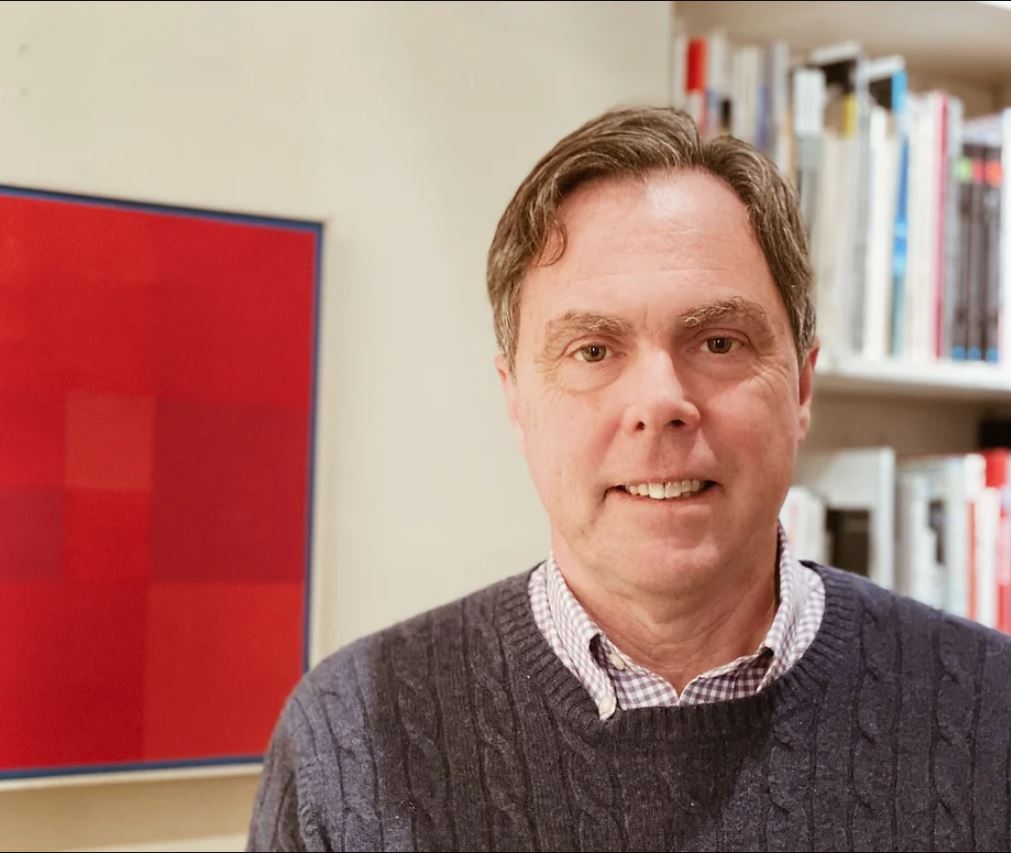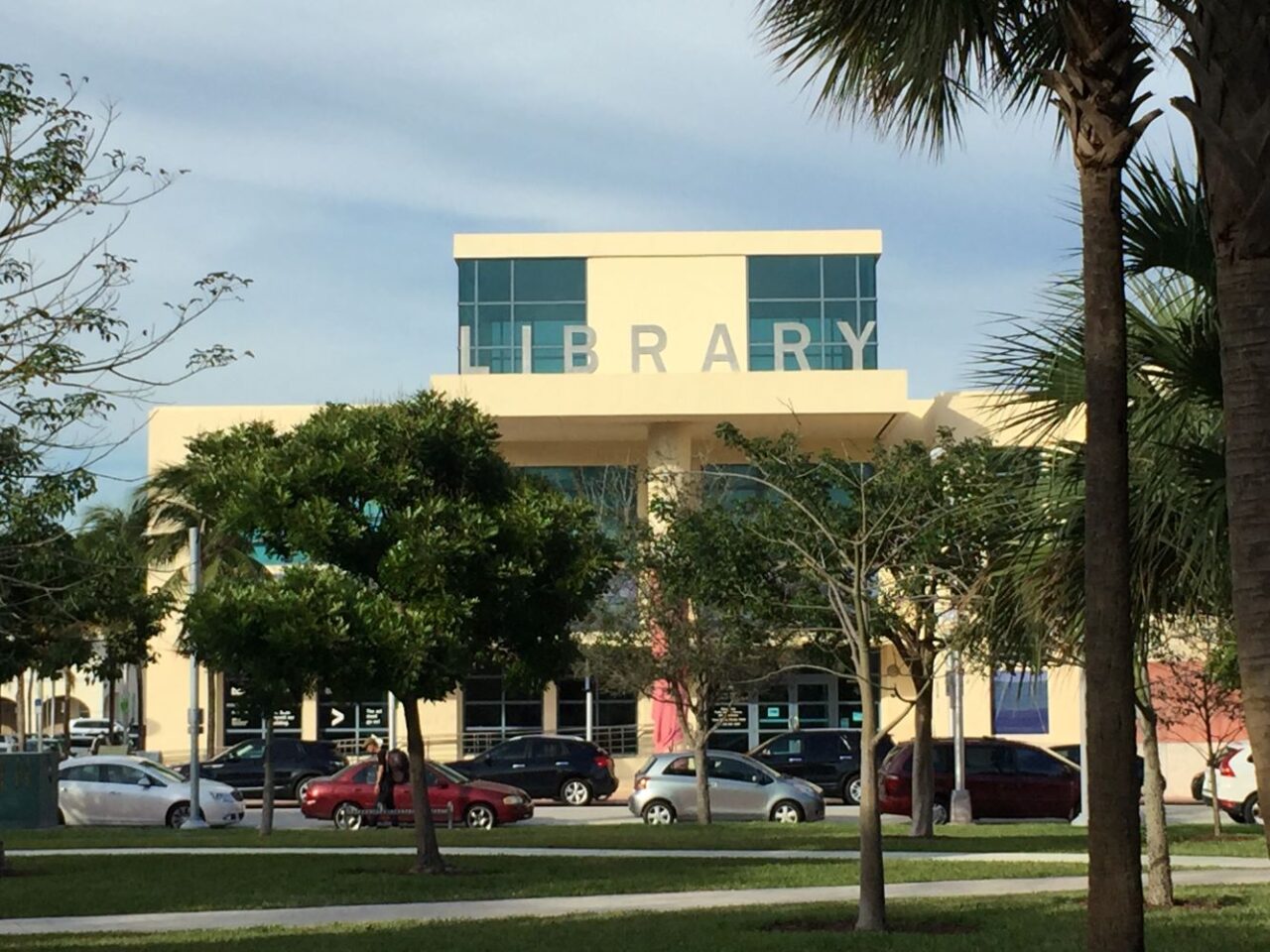by: AIA New York
Elevated to Fellowship in the American Institute of Architects in 2016, Alexander Lamis, FAIA, is an award-winning architect and designer who serves as Board Treasurer for AIA New York. Prior to founding Lamis Architect PC in 2021, Lamis was a Partner at Robert A.M. Stern Architects for over 20 years, leading many of the firms’ most iconic projects. He has overseen the design of over $500 million of public and academic library buildings. A graduate of MIT and Columbia University GSAPP, Lamis also consults and writes on both architecture and design and has lectured internationally.
In recognition of his service to the chapter, we asked Lamis earlier this year about his architectural interests as well as his thoughts on library design at present.
Q: Why did you become an architect?
I grew up in an artistic family. My father was a sculptor and college art teacher. One of the classes he taught was a Bauhaus-derived introduction to design–which I “audited” in my early teens. We had the obligatory Eames, Saarinen, and Mies furniture from Knoll and Herman Miller and lived in a postwar modernist house with a flat roof and a lot of glass block. We had a lot of art and architecture books at home–I was probably one of the few adolescents reading Reyner Banham’s Theory and Design in the First Machine Age. While I didn’t particularly gravitate toward drawing or design at the time when I got to MIT, I felt quite at home in the architecture studios.
Q: You established an expertise in public libraries. How did that come about?
After graduate school at Columbia, I went to work with Bob Stern, who had been one of my studio critics. Libraries fit well with the academic and literary tone of the office. We designed a modest addition and renovation to a historic library in Bangor, Maine, funded in part by Bangor residents Stephen and Tabitha King. We then won a series of design competitions in Nashville, Jacksonville and Miami Beach that led to many much larger main library projects around the country. I became involved with the American Library Association, speaking and writing about design. We even designed a suite of library chairs, lighting, and flooring which we sold at the ALA Convention! For me, libraries bring together several threads–life-long learning, community building, technology, and the preservation of culture. Plus, librarians are ideal clients–smart, dedicated, and public-spirited.
Q: What’s new in library design?
Libraries have become more broad in their offerings and more social. This leads to more spaces for people and relatively less book and materials storage. Libraries are partnering with other like-minded organizations. We recently opened the 120,000-square-foot St. Joseph County Public Library in South Bend, Indiana, with a Community Education Center with a full suite of classrooms, a conference facility and offices for the local Community Foundation, which shares programming with the library. Outdoor spaces within and around library buildings are being enhanced and utilized for a variety of programs–these are “safe spaces” for contemplation and renewal.
Q: What is currently on your reading table?
I am making my way through The New Metropolis: New York City 1840-1857 by the historian Edward K. Spann. What comes through clearly is many of our contemporary concerns–inequality, environmental degradation, crime, corruption, speculation, gentrification, deadly viruses, all were present–in fact more present and more dangerous–in that day than in ours.
Q: You recently became the Treasurer for AIANY and the Center for Architecture. Why did you feel it was important to get involved and what is ahead?
This is an exciting time for AIANY and the Center for Architecture as we figure out the “new normal.” A rising generation of architects work in new ways and have different goals for the professional organization that represents them. Making sure we are responsive to those needs and provide a big tent for the profession is very important to me personally. The Center for Architecture, as a 501c3 non-profit, is poised to raise its profile in the constellation of New York City’s cultural institutions. New York is the center of the world of architecture and art, and the AIA and CFA should be home base for our community.
Editors’ Note: This feature is part of a series celebrating the members of the American Institute of Architects (AIA) New York Chapter who are elevated each year to the AIA College of Fellows, an honor awarded to members who have made significant contributions to both the profession and society. Learn more about Fellowship here.













